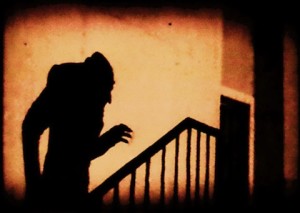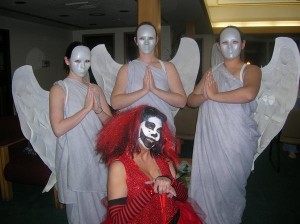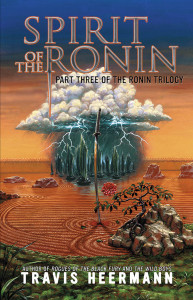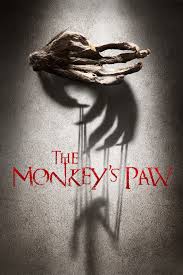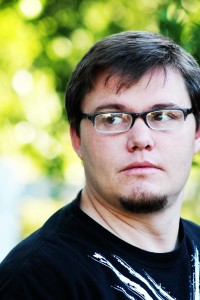In ’07 and ’08 I worked in a haunted house. This wasn’t an historic house with spectral residents. No, I worked in one of those maze of horrors attractions that pops up every October. I know. It seems like the only way there would be any parallel between horror stories and a cheesy maze is if they had someone dressed up as an iconic character scaring the guests. I won’t say you’re wrong. There’s plenty of that. However professional haunted house organizers and scare aficionados know that it takes more than a guy in a Jason mask to really terrify. It’s a series of psychological manipulations.
Long before the first guest walked through the front door the layout of the maze and the contents therein were carefully planned. The main goal was for the guest to leave terrified but with their trousers unsoiled (because no one wanted to clean that up) and we definitely didn’t want anyone to die of a heart attack. To accomplish that we started the maze with mild scares like a room full of creepy dolls or a Gypsy fortune teller that only predicts death, and then gradually worked up to the really big final scare. However doing one scare after another doesn’t work. In fact it tends to decrease the efficacy of the subsequent scares. In order for the bigger elements to have full affect the guests needed periodic breathers so they could finish processing the previous scare and catch their breath before screaming for the next.
Any of this sound familiar?
That’s right. I’m talking about pacing.
Normally pacing is used to keep the reader from getting bored or psychologically overwhelmed. The latter is certainly the most pertinent point for horror but there are other reasons and pitfalls that other genres may not have. For instance in both fiction and haunted houses the number of breathers that you should include will mostly depend on the length and intensity of the work. A short story won’t need any low points since it’s over by the time the reader reaches their limit. In a longer work you do need to give your audience periodic breathers so they don’t wet their trousers but you need to be sure that those breathers still move the story. You also don’t want to be predictable. Horror readers are clever. If you fall into a pattern — medium scare, breather, big scare, etc — they’re going figure it out pretty quickly.
Horror readers are expecting, even daring you to scare them. They know the tropes and common tricks and can spot plot device faster than you can say Cthulhu. You can have the most original concept and unique scares but if you fall into a predictable pattern it will undermine everything. Be unexpected. One year we had a creepy undertaker measure guests for coffins before they even walked in the door. Another year we had a guy with a chainsaw (sans blades for safety) jump out from behind a bush after guests exited the maze. Some of our scariest rooms were where we took things that people found mildly creepy — porcelain dolls, dentists, spiders — and turned it up to 11.
You can also use the same breathers I mentioned earlier to increase the potency of a smaller scare. My last year at the haunted house was right after the Weeping Angels debuted on Doctor Who. The show hadn’t yet reached the level popularity that it has now so we were able to borrow the idea without the guests catching on to what we were up to. We, the angels, were in a hall between two scare rooms. The room after us was a medium scare (a knife-wielding maniac).
(Photo courtesy of Takara Zavala.)
(That’s me on the right.)
In full light our costumes don’t look much like the original; in fact they looked as inexpensive as they were but in in the dim light of the maze it was chilling. The low light made our skin look like it was the same color as the toga and wings — completing the statue effect — and the eye holes in the masks turned into dark, bottomless caverns that sent shivers down many spines. We stood next to the wall, motionless, in a praying pose that gave guests a false sense of security. As they passed we would follow them into the next room. Some would notice us right away and walk faster to the next room. Others wouldn’t notice us until they were in the next room, which was actually better because we blocked the way back. They couldn’t run past the threats they already knew about. They had no choice but to face the unknown scares beyond. The overall affect was enough to make frat boys scream like little girls.
The same thing can be done in fiction. After a big scare you can slow down the pacing or remove the threat enough to give that false sense of security, that moment to catch their breath before the character and readers realize that they aren’t safe at all. Because of the big scare that preceded the break is still fresh in the reader’s mind if you put a mild scare after that, the moment will feel much larger than it really is. Having a short break like that is also a great trick because not only does it makes the story less predictable, you don’t lose any of the tension and fear that you’ve carefully built.

